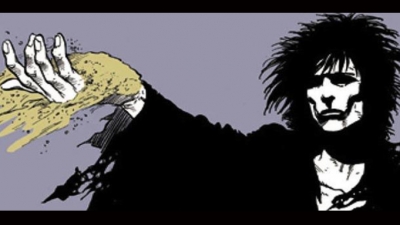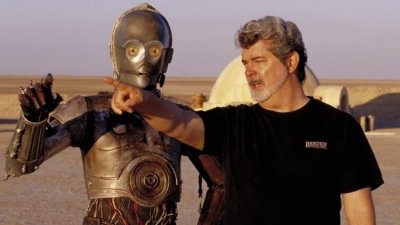
With lives getting busier and attention spans getting shorter long meandering fiction is a luxury few can afford. This has increased the popularity of microfiction. Stories written with extremely short word counts, often as little as 50 words, "Microfiction is here to stay." Meenakshi Gautam Chaturvedi, an internationally acclaimed author tells The Hindu In School.
Based in Mumbai, Chaturvedi writes across genres. Her new book The Moon Cake" is a read aloud picture book, a vividly illustrated fairy tale which introduces children to nature besides kindling their curiosity to ask questions. Chaturvedi is also the author of "The Runaway Moon", "The Corporate Jungle Book", "Tales from Bushland", and Tales of Phoolpur."
A graduate in Zoology from the Institute of Science, Nagpur, she won a University Grants Commission Junior Research Fellowship and took up research for two years, but she wanted to do more than just dissect animals. While in college, she wrote her first piece of fiction, which was published in a local newspaper. She relocated to Mumbai and began her copywriting career with Lintas.
Having written across varied media from television commercials and radio to novels, Chaturvedi considers microfiction to be the future of children's literature.
In a candid chat the author talks about her love for writing and the rise of microfiction.
How did you get your start in writing? Were you a bookworm in school?
I guess I was born to write, only I discovered it much later. I remember reading up anything and everything that I could find including the writing on paper bags. When I was a child, I saw the "Adventures of Peter Pan" (by J.M Bamie) displayed in a showcase at a bookstore in Kashmir. I was in Class III. When my parents refused to buy it. I remember throwing a tantrum something I rarely did as a child. in school, I was a total bookworm. I would walk across from one end of the school to the other to spend the mid morning breaks in the library. I would finish reading all my English course books as soon as I got my hands on them.
However, coming from a family of doctors. (my great grandfather was a Rai Bahadur, a civil surgeon) I was supposed to opt for science and I did. Even won a UGC fellowship and spent two years on research. Later following my heart. I took up writing women's and children's fiction and started my professional career as a copywriter with Lintas. But continued to write on my Commutes to work.
What is microfiction? Is microfiction the future of literature, especially with attention spans shrinking?
To cut a long story short microfiction comes straight to the point giving the essence of the story or a life-changing experience. Microfiction is here to stay. As lives get busier and people are pressed for time, long meandering fiction is a luxury few can afford. So yes, microfiction is the future.
You write across multiple genres. Why did you choose to write microfiction?
In my early years of writing. I was always in a hurry to reach the conclusion of a story. So microfiction suited me best. It was much later that I began writing novels. However, literary microfiction is only one aspect of my writing. I mostly switch genres to overcome writers block. I feel I haven't lived the day if I don't write.
The current COVID-19 pandemic is sure to have far reaching effects on the human mind and behaviour. Has it affected the way you write?
I think authors are one of the few people who have been least affected by the pandemic Since writers are anyway used to staying indoors and writing, the lockdown didn't make much of a difference to us. I am addicted to writing and I can write anytime, anywhere. I once came up with an idea for a story when I was in the Intensive Care Unit for dengue. In semi-conscious state, I heard the doctor say that my dengue could lead to a haemorrhage, but I was busy thinking about how terrorism is like young blood going into wrong places. The moment I was shifted to the ward I asked for my laptop and started writing
What are you working on currently?
After "The Moon Cake: A Fairy Tale". I am currently working on another picture book titled "Corona and the Little Girl and I am planning to work on a graphic novel next.
Picture Credit : Google




